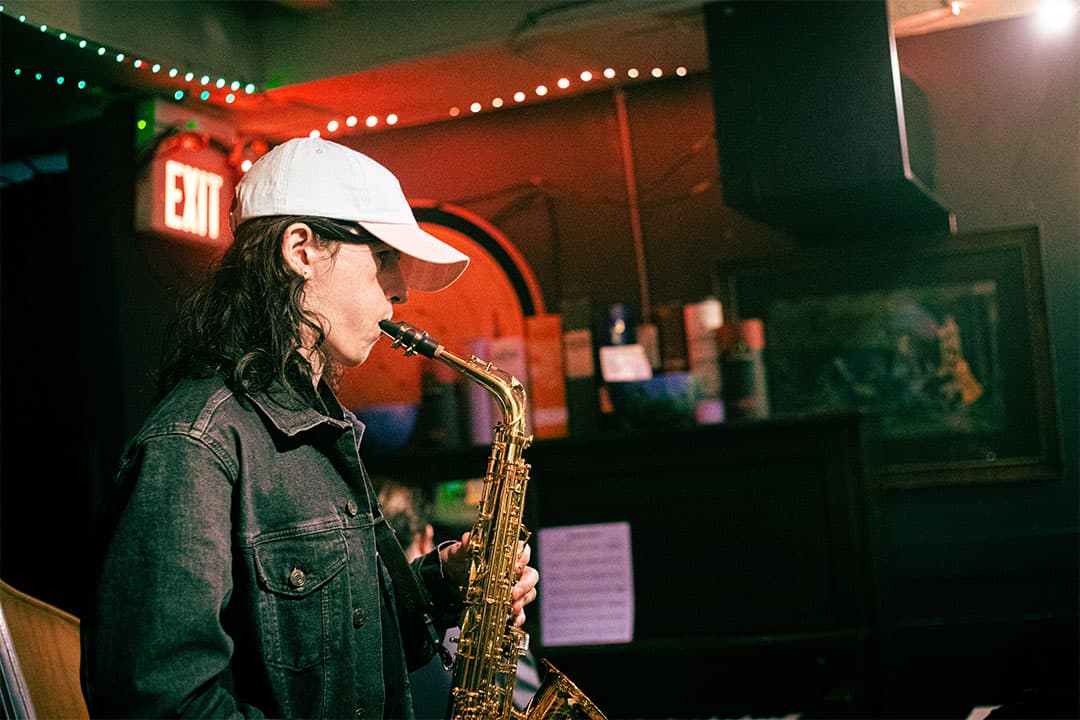I met Jordan Middleton at a forgettable frat party, of all places. He wore his distinctive long hair loose, and had on a leather jacket, and I impulsively told him that he gave off Pat Metheny vibes. Neither of us expected each other to be into the same type of music, but when my comparison to the acclaimed guitarist broke the ice, the party became less forgettable. Friendship ensued.
Middleton, as I soon learned, is a jazz musician; a hell of a sax player. Over the months following our encounter, I was a regular attendee of his gigs. A first-year student at U of T’s jazz program in the Faculty of Music, he introduced me to several other musicians from the university. I can confidently say that the level of musicianship in this institution has never failed to impress me — an admittedly harsh critic — and as a fellow student, I feel compelled to share this blossoming cohort of artists and their work with you.
“The most important thing is just not fucking up in rehearsal. [Not] too much at least”
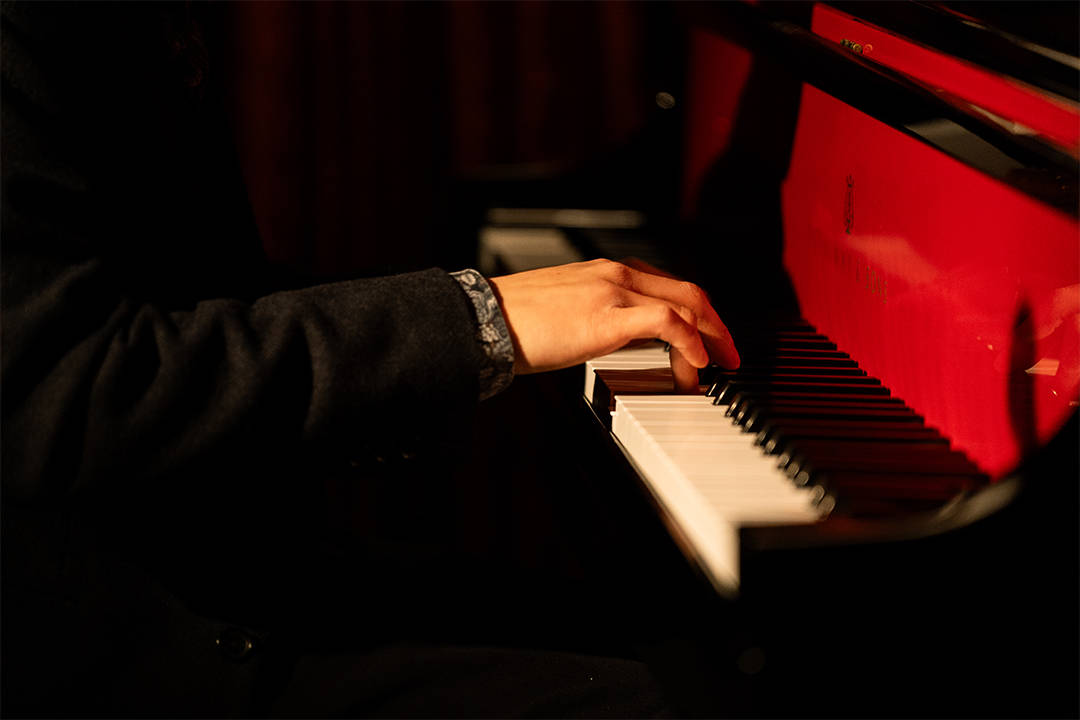
It’s likely that you’ve never really ‘gotten’ jazz. Maybe you tried putting on Miles Davis’ opus, Kind of Blue, while studying for your economics class, but it never clicked. I, for one, didn’t really understand the appeal until a couple of years ago. Those of us who listen to jazz don’t blame you for this. It’s true, the style hasn’t been part of the Western cultural zeitgeist since the 1970s — which, for some of us, may even be before our parents’ time. “Elevator music,” is what I used to call it. Jazz, as a form of musical expression, insists on being listened to live. Improvisation and spontaneity are, for me, the most important and defining features of this style of music.
Watching it happen 10 metres away from you — in a small-but-crammed bandstand, musicians half making it up as they go, communicating through subtle glances and minimal gestures — is what makes it truly magical.
Like all great art, it will take effort to grapple with. Still, I promise that once you’ve made it through that initial hump — when you get acquainted with listening to those two-or-three-minute-long solos, or when dissonant chords no longer scare you — then you’ll feel the true, spiritual, and emotional power of jazz. Then you’ll get it. Although the music is evidently past its heyday, as enjoyers of good art, it’s our responsibility to engage with it and, ultimately, have fun doing so.
Weather Report: A description of the downtown scene
Allow me to introduce Eric Liang and Adriana Malandrino to you. The former is a second-year, seasoned jazz pianist; the latter is a third-year vocalist. Along with Middleton, my interviews with these talented musicians form the backbone of my research into the vibrant Torontonian jazz scene.
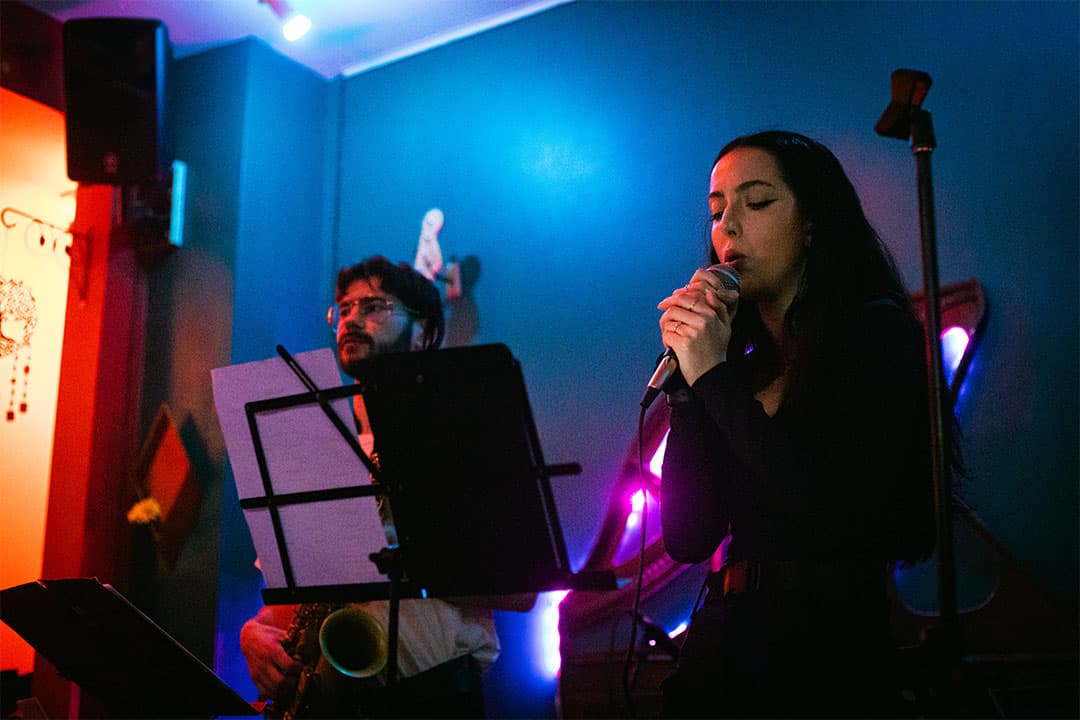
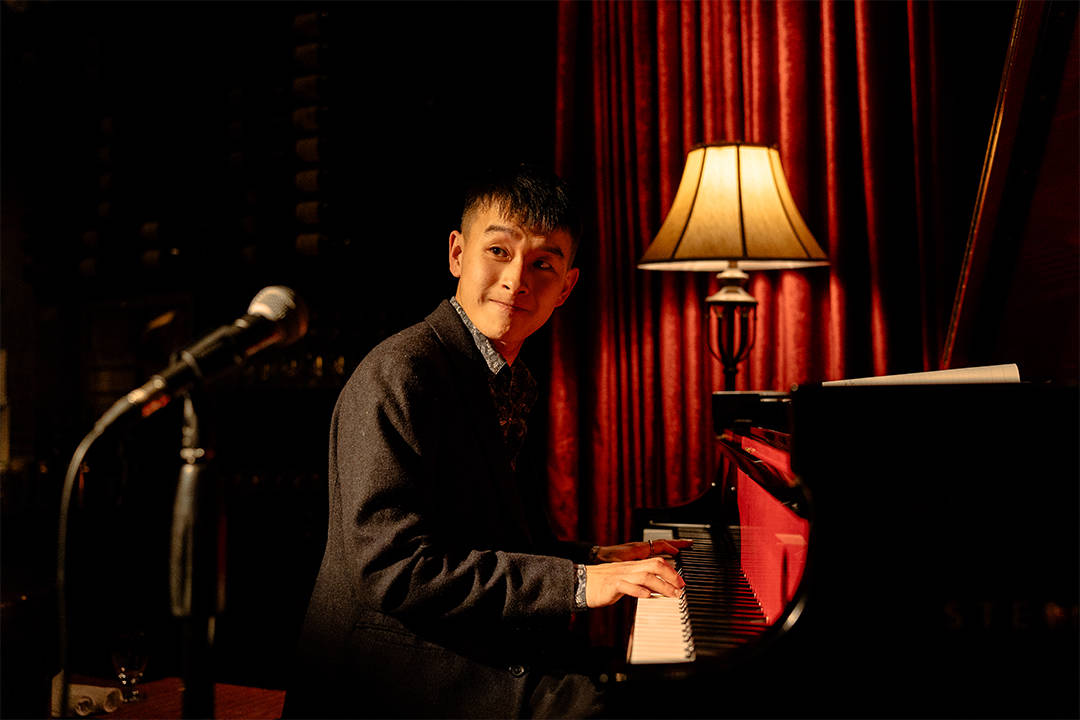
Although shadowed by New York City — the mecca of jazz music since the 1930s — Toronto, with its distinctly urban environment, has attracted some serious talent. This is what allured Middleton to study here and leave middle-of-nowhere High River, Alberta. On a Thursday evening, as he nibbled at a slice of lukewarm New College Dining Hall pizza, he told me, “It’s pretty much Canada’s biggest city. So many great people play here; Kelly [Jefferson], especially, is just a monster. And, all the good musicians in New York come down here to play.” Jefferson, a professor at U of T’s jazz program, is one of Middleton’s heroes on the saxophone.
Liang has been playing professionally for over two years and performs at least twice a week. As I indulged him with a pastrami sandwich and black coffee, he broke down the scene for us: “In New York, they have many micro-scenes, right? But in Toronto, the micro-scenes are even smaller, almost venue specific.”
“Wake up at noon, practice for the gig, eat takeout, go play the gig, get fucked up afterwards. Rinse and repeat… That’s the lifestyle trap of working only at night,”
In my experience, such is true. At the Tranzac, for example, you’ll surely find experimental, contemporary music; whereas at a place like The Emmet Ray, the vibe is all about indie musicians and small combos. “If you want to go hear some jazz — definite, capital ‘J’ jazz — you gotta go to The Rex or The Jazz Bistro,” said Liang, enthusiastically.
“Alone Together”: Audience and alienation
At The Rex, near Osgoode station on the Yonge–University subway line, is where I saw Liang first perform. His demeanour was akin to that of the great pianist Keith Jarrett: he couldn’t help but bounce around his chair and vocalize as he banged at the ivory! Liang and his band played bebop, a traditional form of jazz that emerged in the ’40s that is especially rich in harmony and features mind-bendingly fast melodies.
For most of the gig on that cool Wednesday night, I forgot that everyone on stage was only in their early 20s — all while a third of the audience were visibly three times as old. When I interviewed Liang on the following Friday, we bonded over the fact that I recognized a cheeky quote to the melody of “Windows” by Chick Corea during one of his solos. Pianist Corea’s work will always be near and dear to my heart because his 1973 record, Light as a Feather, was the first piece of jazz music I listened to religiously.
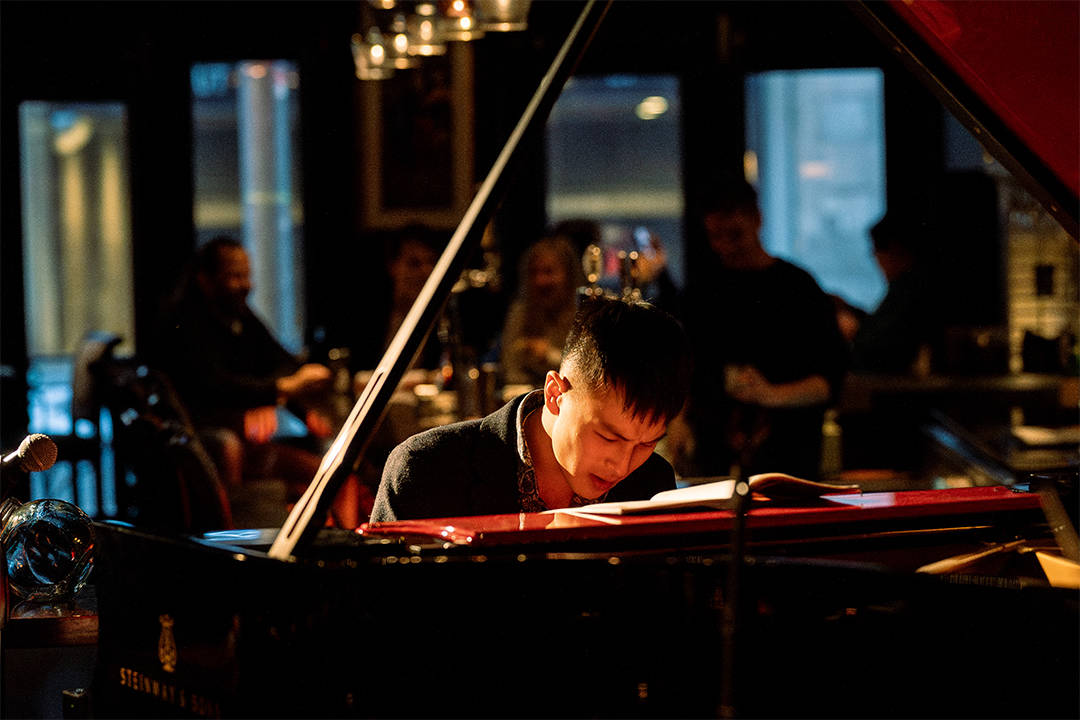
It took a while for me to get to this level of jazz literacy, to be able to spot the nuances and references. Much of people’s first experiences with the music are more like a scene Malandrino described: “I brought my sister to The Jazz Bistro, and I think she felt like it was a secret club that she wasn’t a part of,” she recounts.
In my experience, this can be chalked up to the fact that, unlike most contemporary genres, jazz is studied academically. It’s very common to go to a show that is full of jazz students who, for the most part, are already well-versed in the vocabulary and culture. Malandrino put it this way: “If someone is just playing a bunch of licks that are familiar to other jazz musicians [in the crowd], [the average listener] is like, ‘why are all these people going ooh every two seconds?’”
Indeed, the dichotomy of player and listener is something a working musician has to wrestle with deeply. For Middleton, however, it’s simple. He says, “It’s a team effort. The audience has to enjoy it, and I also have to enjoy it. Well, I guess I don’t have to enjoy it. If there’s enough money, I don’t have to enjoy it.”
He tells me about an audience horror story: “It was a party gig for some corporation. There were six of us, and we were just playing in a living room. And there was this guy sitting on the couch right next to us. And he was like, pretty drunk.”
“He thought he was vibing with us — but he was just being a fucking drunk guy. In between songs, he kept telling our bass player something like [in a gravelly voice], ‘Just improvise some, some funky shit!’ I was like, ‘… I don’t know what that even means. We’re just gonna play our Christmas music now.’”
“Straight, No Chaser”: The ugly side of the industry
Fun and games aside, jazz is far past its days of wine and roses. This I learned from Liang’s somewhat jaded view. He said, “Lately, I’ve been feeling very grim about [the scene in general]. There doesn’t seem to be a demand for the type of music that I want to play the most. Straight-ahead, swinging jazz, it doesn’t really sell.”
He told me about the good ol’ days when venues like The Senator were lauded for frequently hosting international acts. About The Emmet Ray, he said, “They used to provide a guarantee of $100 for every musician; but now when you play there, you can sometimes expect to make no more than seven dollars for a two-hour set.”
Not only is the genre slowly waning, but historically, so have the very artists playing the tunes. It’s a well-known stereotype that jazzers have self-destructive tendencies. There’s a history in jazz of widespread habits of heavy drug usage, glamorized by some artists as ways to increase creativity. Musicians such as Charlie Parker, Miles Davis and Chet Baker only deepened misconceptions surrounding drug use in jazz.
“Wake up at noon, practice for the gig, eat takeout, go play the gig, get fucked up afterwards. Rinse and repeat… That’s the lifestyle trap of working only at night,” said Liang. He says he hadn’t expected this sort of conduct to be so commonplace.
Although many musicians don’t like to talk about this component of their job, Liang explained that peer pressure is frequent because being “part of the group” will get you more gigs. Finally, he asserts, “Musicians are great in spite of their [vices], not because of them… You really don’t want to fall into the jazz lifestyle; you want to be a good jazz musician. How to navigate that, I think, is a challenge for everyone.”
Substance use disorders are one of the two most contentious topics in my research into the jazz scene, the other being the historical underrepresentation of women in the worldwide jazz scene. I asked Malandrino about her experience as a woman in this ridiculously men-dominated field.
“It’s definitely been a rollercoaster. You can feel it when all the guys are hanging out, and they don’t want to include you,” she said. She expressed that this could be because there are no more than five female students in her graduating jazz cohort. Malandrino explained that many women in the jazz community are invited to perform at a gig by musicians who are primarily interested in developing a romantic relationship with them. “I feel like I always have to prove myself because you never know someone’s true intentions when they’re asking you to jam,” she adds.
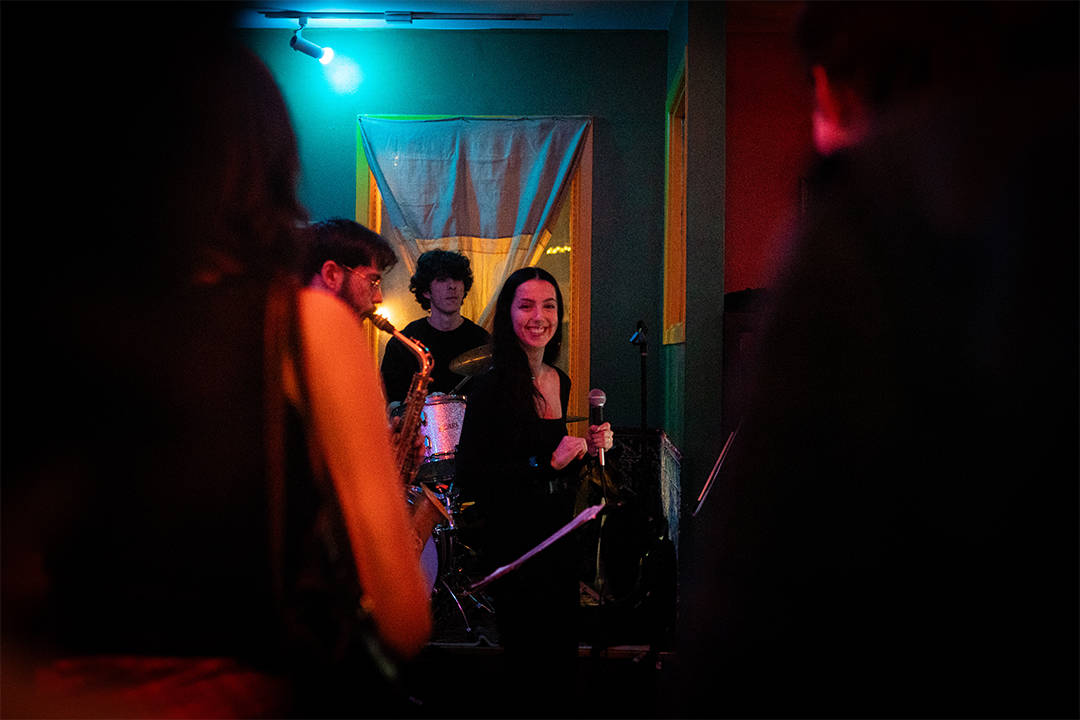
Malandrino maintains that this behaviour causes some performers to lose confidence in their musicianship.
She concludes, “At the end of the day, I’ll take every opportunity and think of it as something that will take me forward and help me as a musician.”
Cookin’, Relaxin’, Workin’, Steamin’: Portrait of a student musician
Gigging life is also a very stressful existence. “The most important thing is just not fucking up in rehearsal. [Not] too much at least,” said Middleton.
Jazz musicians must learn the chords and lyrics of songs before rehearsal. If not, according to Middleton, you’ll get fired. “People don’t have time for that,” he said. “That’s the pressure of jazz.”
“To be an artist versus being a working artist are two different skills,” said Liang, who’s played a plethora of gigs — from loud clubs with musicians in their twilight years to soulless commercial events to the Toronto International Film Festival. I had asked him about the non-musical skills a jazz musician needs in their toolkit. “Having enough of an ego to understand the value you bring to the music as a musician for hire, but also having a small enough ego to always wanna grow and respect the people you work with,” he responded.
Liang has three criteria for deciding on whether or not to accept a gig: music, money, and hang — as in, whether it’s a good setting to hang out. At least two of these should be satisfactory for him to accept the gig. That being said, he told me in a dry, ironic tone, “I’d take any job if it pays $1,000 in one day, even if it’s shit hang and shit music.”
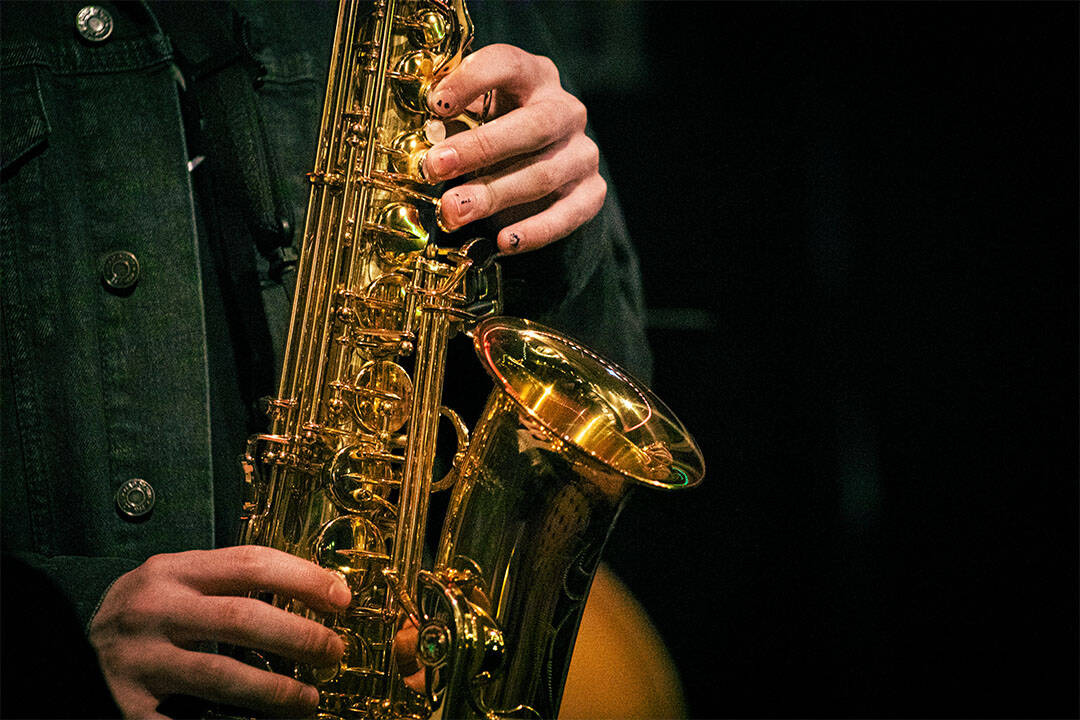
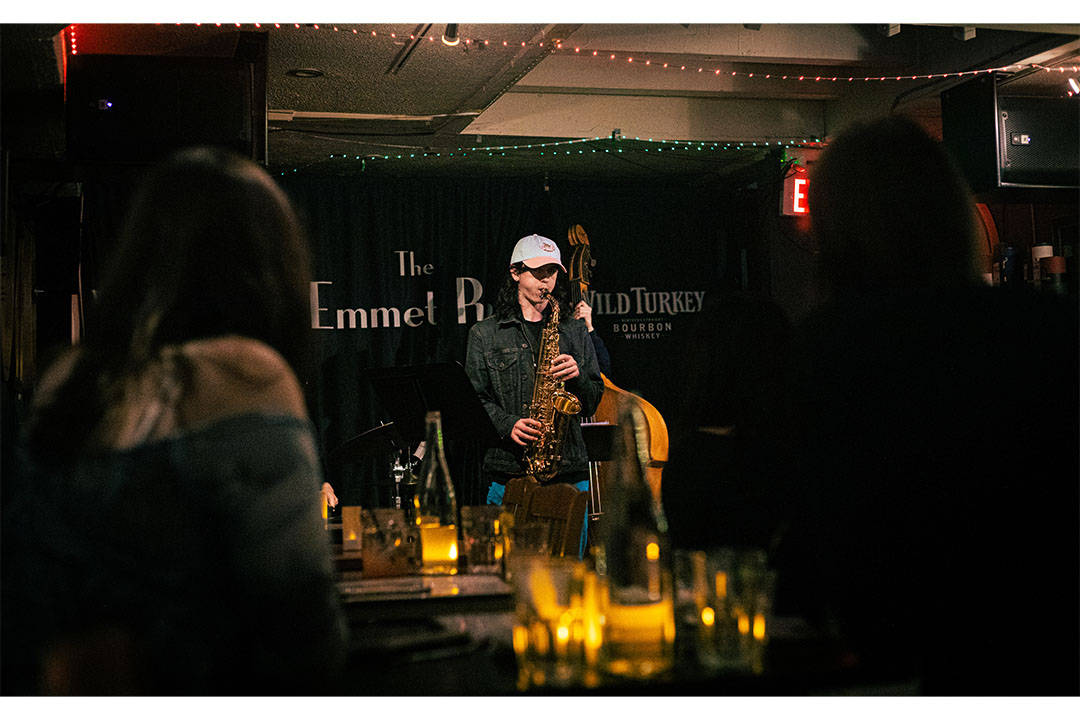
Middleton echoes Liang’s words about the additional soft skills needed to be a working musician. He said, “You have to be able to hang, bro. What that means is that you have to be fun to be around.”
In the grand scheme of jazz history, this notion is fairly recent. Middleton claims that in the twentieth century, so many of the greats were notorious for being disrespectful addicts. Today, however, a rude jazz musician will be replaced by someone equally proficient at their instrument but a nicer person. “You can’t be a dickhead — not that that’s a good thing to be in general — but you can’t be afraid to get your hands dirty, to approach people, and to be a part of the culture,” he said.
And, like everything in the twenty-first century, jazz has gone digital. “The amount of times I’ve wanted to delete Instagram — but I’m like, I can’t,” complained Malandrino. “People’s gigs are posted there, their playing, you know? Deleting Instagram is not realistic; if you want to promote yourself as a musician, it’s impossible.”
A lot of the best experiences in live music that I’ve had have been brought to me through the almighty power of the Instagram algorithm. A pay-what-you-can, late-night, free improvisation show at the Tranzac comes to mind — spoken word meets modular synthesizers plus a bona fide jazz quartet. There were as many musicians on stage as audience members, and apparently, the musicians had never played with each other before. Bizarro, niche things like that you can only learn about online.
A Love Supreme: Concluding remarks
At the end of my interviews, I let the musicians relay one final message to you, dear reader. The following are their chosen epitaphs.
“Don’t play jazz if you want to be rich,” said Middleton, “And go see more jazz, because there’s a lot of good shit in Toronto.”
“[Jazz] is the reason I wake up in the morning,” said Liang. “I wake up because I want to fucking play music. And I think life would be pretty meaningless without it… Don’t be afraid to love what you love. Love it unapologetically.”
Finally, Malandrino, who adamantly believes that The Varsity readers have the power to support live music, said: “Don’t be scared to come out to venues. Everyone is so accepting, and what we want, more than anything, is for people to come and know the music. We do not want jazz to die, we want it to thrive… Live music, I’m telling you, is one of the most amazing things. When you’re there, it’s just so… happy.”
You can check out these artists’ Instagram to catch them playing around town: Middleton at @jordanmiddleton_music, Liang at @yzeric.liang, and Malandrino at @amalandrino.
Here’s the go-to Instagram page for finding cool shows to go to in Toronto: @jazzintoronto.

